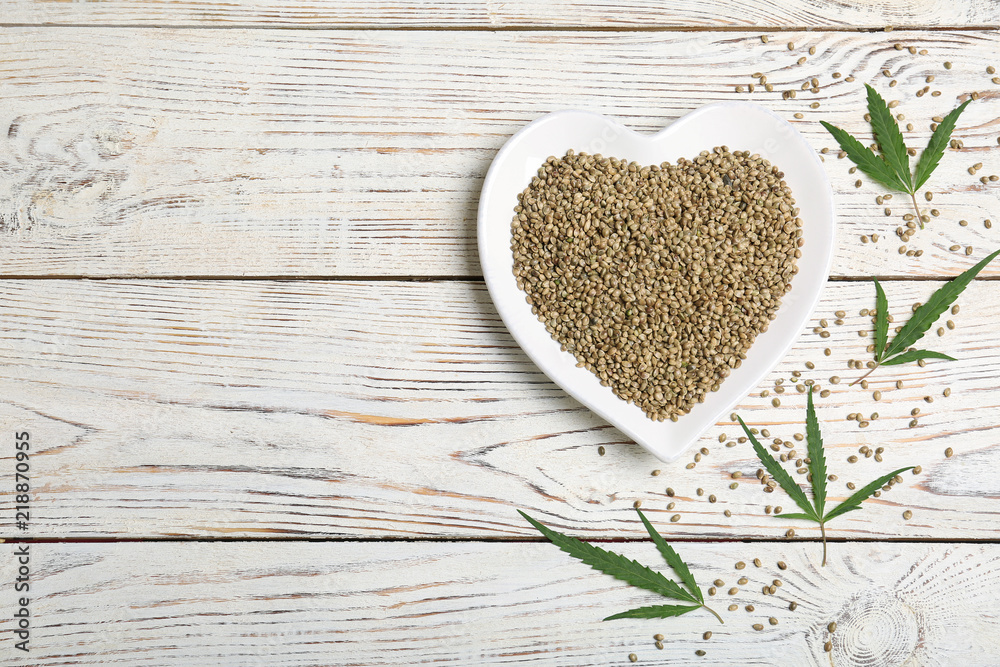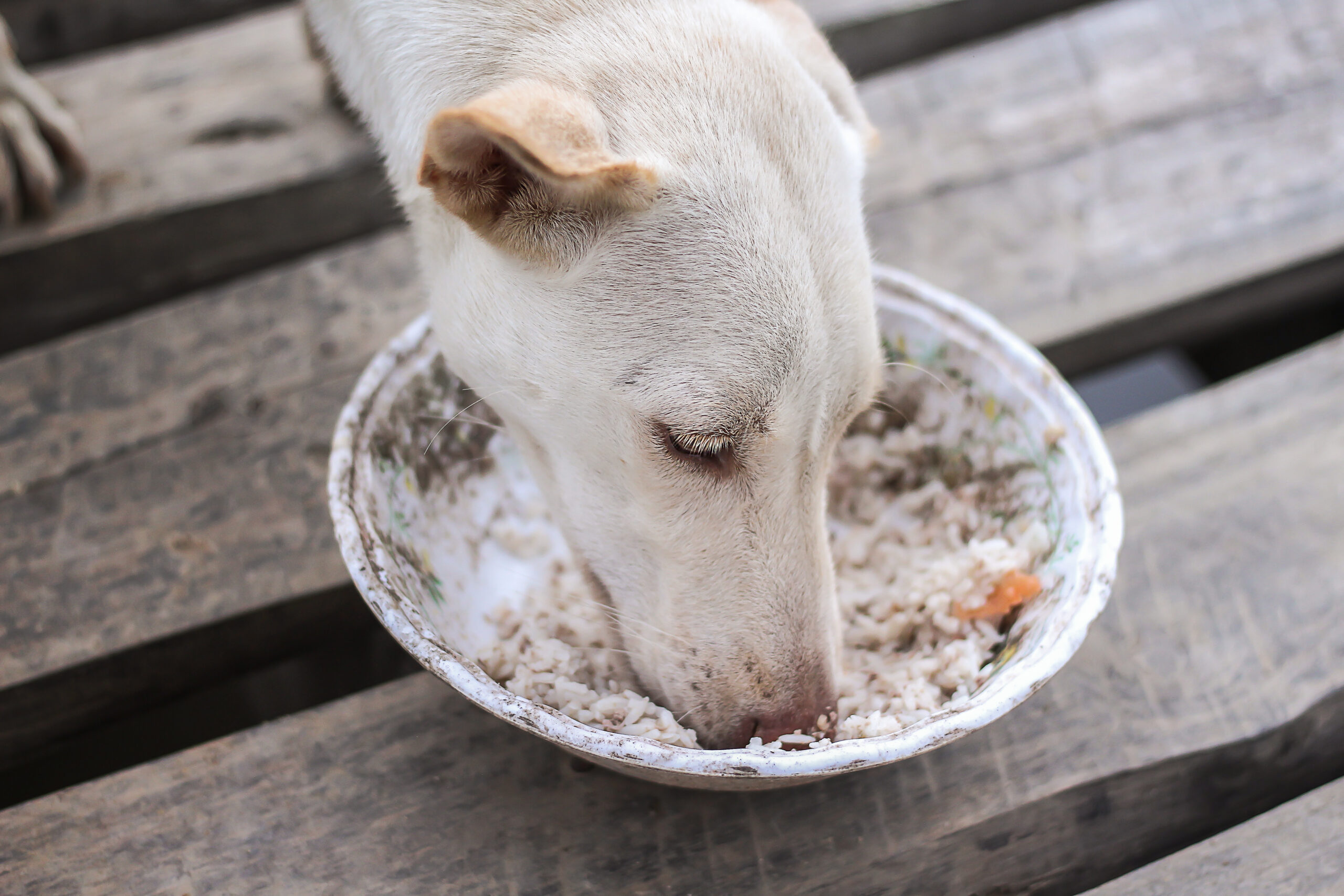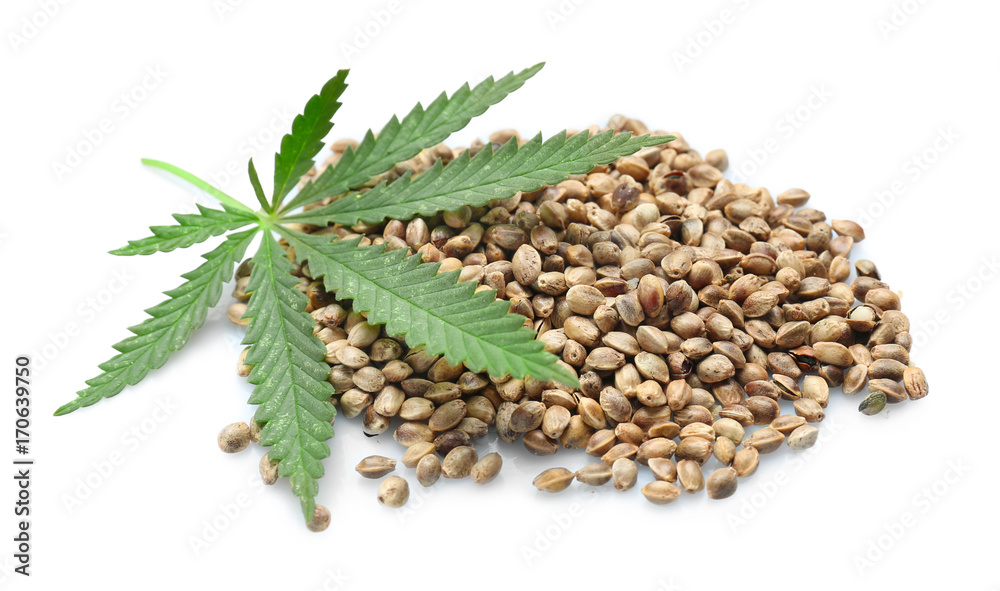Hemp seed Dosage for Dogs [Ultimate Guide]
If pet owners are determining the appropriate dosage of hemp or CBD (cannabidiol) products for dogs can be a bit complex and should be done with caution. It’s crucial to consult with a veterinarian who is knowledgeable about cannabis-based treatments for pets. They can provide guidance tailored to your dog’s specific needs, size, and condition.
Here are some general guidelines for pet owners to consider when using hemp or CBD products for dogs:
- Start Low and Go Slow: Begin with a low dose and gradually increase it over time. This allows you to monitor your dog’s response and adjust accordingly.
- Consider the Size and Weight of Your Dog: Smaller dogs typically require lower doses, while larger dogs may need higher doses. The product you’re using should provide dosing recommendations based on your dog’s weight.
- Use High-Quality Products: Ensure that you’re using a reputable, high-quality hemp or CBD product designed for pets. Look for products that have been third-party tested for quality and safety.
- Read the Label: Follow the manufacturer’s instructions and dosing recommendations provided on the product label. This information will typically be based on your dog’s weight.
- Monitor Your Dog: Pay close attention to how your dog responds to the hemp or CBD product. Look for signs of improvement in their condition or any potential side effects. If you notice any adverse reactions, discontinue use and consult your vet.
- Consider the Type of Product: Hemp and CBD products for pets come in various forms, including oils, treats, capsules, and topical creams. The method of administration can affect how quickly the product takes effect.
- Be Patient: It may take some time for the effects of hemp or CBD to become noticeable in your dog. Be patient and give the product a chance to work.
- Legal Considerations: Make sure that the product you are using complies with local laws and regulations regarding hemp and CBD for pets. Laws can vary from one jurisdiction to another. A full spectrum oil may be best as it is free of THC.
Remember that while some dogs may benefit from hemp or CBD products, they may not be suitable for every canine, and individual responses can vary. Always consult with your veterinarian before starting any new supplement or treatment for your dog’s health condition. They can provide guidance specific to your dog’s needs and help you make informed decisions regarding dosage and product selection. Pet parents should also consider harnessing the benefits from the seeds of the hemp plant.
Benefits of hemp seeds or CBD oil for dogs?
Hemp seeds can offer several potential benefits for dogs when incorporated into their diet in moderation. It’s important to note that while hemp seeds are generally considered safe for dogs, you should consult with your veterinarian before making any significant changes to your dog’s diet. Here are some potential benefits of hemp seeds for dogs:
- Nutrient-rich: Hemp seeds are a good source of essential nutrients, including protein, fiber, vitamins (such as vitamin E and B vitamins), and minerals (like magnesium, potassium, and iron). These nutrients can contribute to your dog’s overall health.
- Healthy fats: Hemp seeds are high in healthy fats, particularly omega-3 and omega-6 fatty acids, in an ideal ratio. These fats are beneficial for your dog’s skin and coat health, as well as their cardiovascular and immune systems.
- Anti-inflammatory properties: The balance of omega-3 and omega-6 fatty acids in hemp seeds can help reduce inflammation, which can be beneficial for dogs with conditions like arthritis or other inflammatory diseases.
- Improved skin and coat: The essential fatty acids in hemp seeds can help maintain healthy skin and a shiny coat. They may also alleviate itching and dryness associated with skin conditions.
- Digestive health: Hemp seeds are a good source of dietary fiber, which can promote healthy digestion and help with issues like constipation or diarrhea.
- Weight management: Hemp seeds are relatively low in carbohydrates and can be a useful addition to a dog’s diet for weight management, provided they are introduced in moderation.
- Allergen-friendly: Hemp seeds are less likely to trigger allergies in dogs compared to some other sources of protein. This makes them a suitable option for dogs with food sensitivities or allergies.
- Source of antioxidants: Hemp seeds contain antioxidants, such as vitamin E, which can help protect your dog’s cells from damage caused by free radicals.
When incorporating hemp seeds into your dog’s diet, it’s essential to do so in moderation. You can sprinkle a small amount of hemp seeds (usually 1 to 2 teaspoons per day for small dogs and up to 1 to 2 tablespoons for larger dogs) on top of their regular food. Always consult your veterinarian before making dietary changes to ensure that hemp seeds are appropriate for your specific dog’s needs and health condition. Additionally, be sure to use raw, hulled hemp seeds, as the outer shells can be tough and difficult to digest. Tip: Try using a coffee grinder to make grinds that you can slowly sprinkle on food for your furry friend.
what are hemp hearts and why are they good for your dog?
Hemp hearts, also known as hemp seeds, are the edible inner part of the hemp seed that is rich in nutrition and health benefits for both humans and, in some cases, dogs. Here’s some information about hemp hearts and why they can be good for dogs:
- Nutrient-Rich: Hemp hearts are packed with essential nutrients, including protein, healthy fats, vitamins, and minerals. They are a good source of omega-3 and omega-6 fatty acids, which are important for overall health.
- High-Quality Protein: Hemp hearts provide a high-quality source of plant-based protein, making them beneficial for dogs that require a protein-rich diet. Protein is essential for muscle maintenance and growth, as well as overall health.
- Healthy Fats: The omega-3 and omega-6 fatty acids found in hemp hearts can contribute to healthy skin and coat for dogs. These fatty acids also have anti-inflammatory properties, which may help with conditions like arthritis.
- Fiber: Hemp hearts contain dietary fiber, which can support digestive health in dogs by promoting regular bowel movements and preventing constipation.
- Amino Acids: Hemp hearts contain all nine essential amino acids, making them a complete protein source. Amino acids are the building blocks of protein and play a vital role in various bodily functions.
- Low in THC: Hemp hearts contain only trace amounts of THC (tetrahydrocannabinol), the psychoactive compound found in marijuana. These trace amounts are not enough to cause any psychoactive effects in dogs.
- Easy to Digest: Hemp hearts are generally easy for dogs to digest, making them a suitable addition to their diet.
When considering adding hemp hearts to your dog’s diet, it’s important to consult with your veterinarian first. While hemp hearts can offer health benefits, individual dogs may have different dietary needs and sensitivities. Additionally, it’s crucial to ensure that the hemp hearts are sourced from a reputable and safe supplier, and they should not contain any additives or processing methods that could be harmful to dogs.
Hemp hearts can be incorporated into your dog’s diet by sprinkling them on top of their regular food or by mixing them into homemade dog treats. Always start with a small amount to see how your dog reacts and consult your vet if you have any concerns or questions about your dog’s diet. Dog owners should get the best results for their furry friend. A canine companion deserves the best food for the best results. Products derived from cannabis sativa such as dog hemp oil can help with skin irritations, dry skin, joint pain relief, and heart health, digestive issues, and the nervous system. They should not present many allergic reactions.
There are many therapeutic effects of hemp seed oil supplements, including seeds digested.
CBD hemp oil for dogs
CBD hemp oil for dogs is a product derived from the hemp plant that is formulated specifically for dogs. It contains cannabidiol (CBD), which is a non-psychoactive compound found in hemp and cannabis plants. CBD has gained popularity as a potential therapeutic option for various health issues in dogs due to its purported benefits, but it’s important to note that research on its efficacy and safety is still ongoing.
Here are some key points to consider if you are thinking about using CBD hemp oil for your dog:
- Potential Benefits: Some dog owners use CBD hemp oil to help with various health conditions in dogs, including pain management, anxiety, seizures, arthritis, inflammation, and skin issues. There is anecdotal evidence suggesting that CBD may offer relief for some of these issues, but scientific studies in dogs are limited.
- Quality Matters: When choosing a CBD hemp oil product for your dog, it’s crucial to select a high-quality, reputable brand. Look for products that have been tested by third-party laboratories for purity and potency. Ensure that the product contains minimal to no THC, as THC can be toxic to dogs.
- Consult a Veterinarian: Before giving your dog CBD hemp oil, consult with your veterinarian. They can provide guidance on the appropriate dosage and help you determine whether CBD is a suitable option for your dog’s specific health condition. Some dogs may have underlying health issues or medications that could interact with CBD.
- Dosage: Dosage can vary depending on the size, weight, and condition of your dog. Start with a low dose and monitor your dog’s response carefully. Gradually increase the dosage as needed while observing any changes in behavior or symptoms.
- Possible Side Effects: While CBD is generally considered safe for dogs, it can have side effects in some cases. Common side effects may include drowsiness, dry mouth, and changes in appetite. If your dog experiences any adverse reactions, discontinue use and consult your vet.
- Legal Considerations: Be aware of the legal status of CBD in your region. Laws regarding the use of CBD products for pets can vary, and it’s essential to ensure compliance with local regulations.
- Alternative Treatments: Explore other treatment options and holistic approaches for your dog’s specific condition. CBD is not a one-size-fits-all solution, and what works for one dog may not work for another.
In summary, CBD hemp oil for dogs may have potential benefits for certain health issues, but it’s essential to exercise caution, do thorough research, consult with your veterinarian, and choose high-quality products to ensure the safety and well-being of your furry friend. Additionally, as the field of CBD research is continually evolving, staying informed about the latest developments is crucial.









